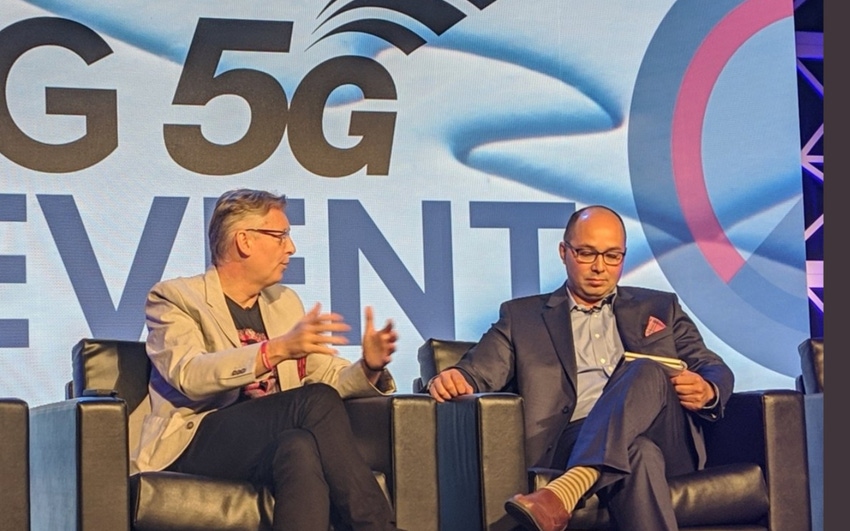T-Mobile US is currently in last place for the 5G race, but if you listen to the magenta tinged spin, its actually in first place.
May 8, 2019

T-Mobile US is currently in last place for the 5G race, but if you listen to the magenta tinged spin, its actually in first place.
Right now, AT&T and Verizon have hit the on-switch for their 5G networks. Sprint is moving forward with its own plans, leaving only T-Mobile US floundering on 4G. That said, the purplish-red twist on the state-of-affairs is one of irrelevance.
“With early 5G launches there have been disappointed customers and we don’t want to launch anything until we can delight out customers,” said Ulf Ewaldsson, SVP of Technology Transformation at T-Mobile US, speaking at Light Reading’s Big 5G Event in Denver.
According to Ewaldsson, T-Mobile US could switch on its networks now, if it wanted, and it could even offer services on the mmWave spectrum. The team is ready to go, it just doesn’t want to at the moment.
The depth of truth on this statement depends on where you sit. Some might believe T-Mobile US claims. It only wants to launch 5G when it is a service which delivers on the lofty promise, and at a time where the telco can deliver a nationwide proposition. It doesn’t want to dupe the customer into an expensive contract and limited coverage.
This is a perfectly reasonable approach, and the option to bide one’s time might be completely justified if a nationwide 5G network is launched, crushing the feeble attempts from competitors. It is a sensible business strategy. However, it might also be the case that rivals were more successful in the early days and stole a march on T-Mobile US. This is just clever spin and nuance.
Both explanations are probably true to a degree, and it may not even matter that much. The winner when it comes to 5G in North America is not going to be the first to market, but the delivery of the best performing network.
And of course, in the pursuit of delivering the best performing 5G network Ewaldsson managed to plug the promise of the Sprint transaction.
The image above is an interesting one. This is what T-Mobile US claims its 5G coverage would look like by 2024, if the team is allowed to combine the spectrum assets from the two businesses.
With a blend of low, mid and high spectrum assets, Ewaldsson is claiming T-Mobile US is in the strongest position to deliver on the 5G promise. By the end of next year, the executive has promised it will launch a nationwide 5G network, making use of the 600 mhz assets which it currently has. A network which is worth waiting for, as Ewaldsson puts in.
However, what is also worth pointing out is the contradiction from the very same conference stream.
On a panel session following Ewaldsson’s remarks about the importance of delivering a nationwide 5G network instead of the current pockets of connectivity, John Baker of Mavenir said there was no need for such widespread coverage, while Mishka Dehghan, VP of 5G Deployment at Sprint, also contradicted Ewaldsson.
Baker suggested 4G and 5G can co-exist for the foreseeable future, suggesting you only build 5G where you actually need it, like AT&T and Verizon have done today. Dehghan’s contradiction was perhaps more worrying considering the two telcos are supposed to be singing from the same hymn sheet. Like Baker, Dehghan suggested 5G should be deployed as necessary, focusing on specific usecases.
Ultimately there isn’t necessarily a right answer. Ewaldsson pointed out at the beginning of his session that there will be multiple deployment strategies, each of which would be tailored to the organization. Being last to launch 5G in the US certainly won’t hurt T-Mobile US in the long-run, but the anticipation will place more pressure on the team.
About the Author(s)
You May Also Like








.png?width=300&auto=webp&quality=80&disable=upscale)


_1.jpg?width=300&auto=webp&quality=80&disable=upscale)


.png?width=800&auto=webp&quality=80&disable=upscale)